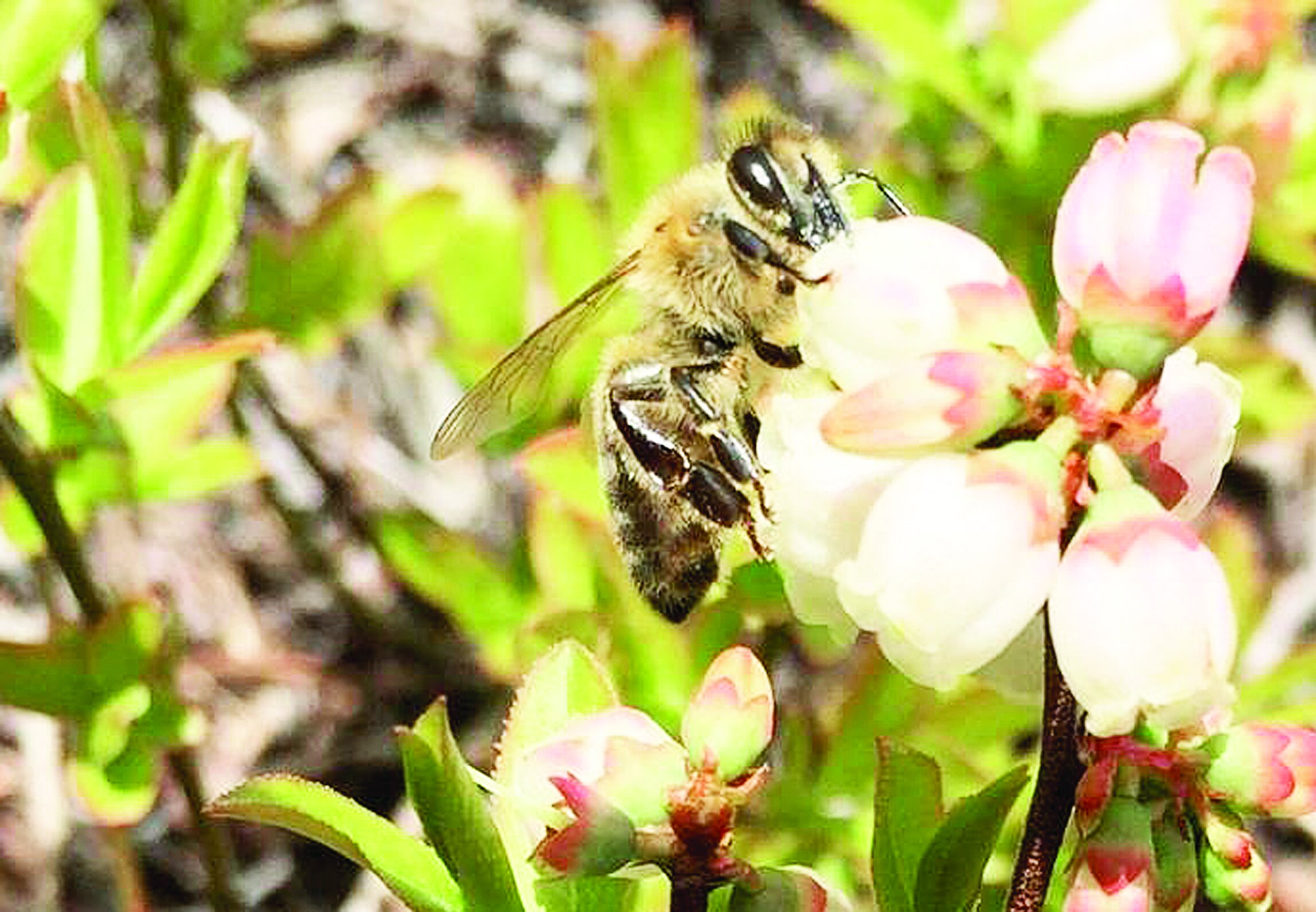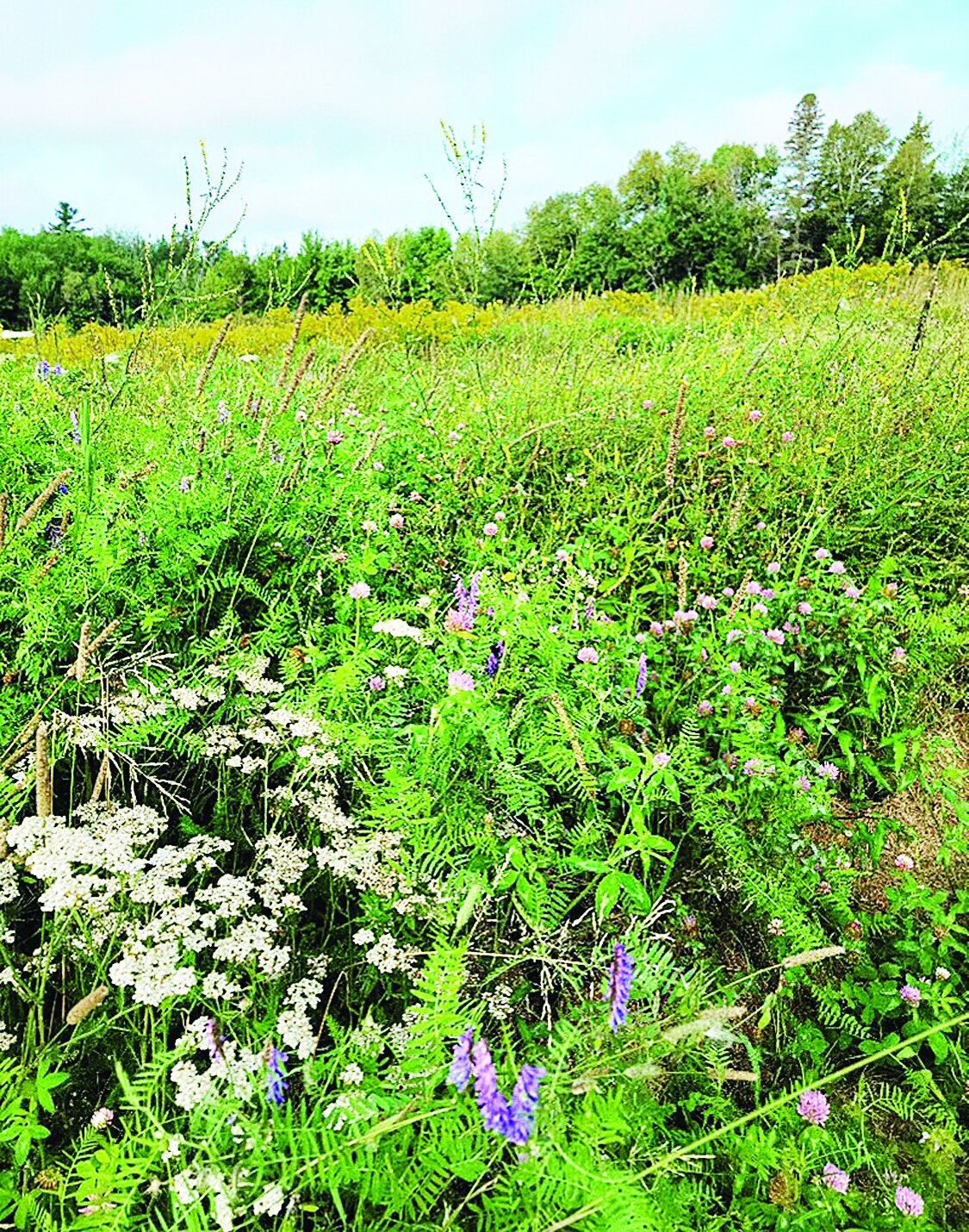An exceptional season for honeybees and their keepers
/by Andrew Byers
As a beekeeper, I’m often asked the question, “How are the bees?” This year in Eastern Canada, the answer is easy because this season has been exceptional! This is a good year for honeybees and all insects.
While recently standing in one of my fields, I found the bounty of wildflowers and the audible buzz of flying insects truly impressive. It was amazing how many insects were on the flowers, including bumblebees, butterflies, and other pollinators. Despite an apiary of 20 hives only a few metres away, there was no sign of a honeybee. The range and number of flowers were such that a dilution effect allowed the thousands of foraging honeybees to disappear into a sea of blossoms. This season has been an outstanding growing year, and if you have an opportunity, spend a few quiet moments in a wildflower field to fully appreciate the abundance of plants and insects.
Looking back and comparing this season to last, saying that our weather and climate are erratic would be an understatement. Last year’s drought in Eastern Canada was labelled as a 50-year event, meaning that level of drought is predicted to occur only every 50 years. We will hope that is correct!
The extreme heat and record-breaking temperatures earlier this spring threatened another extraordinarily hot and dry summer to come. As we know, this did not happen in our region, and the relatively cool and wet summer has been a balm after last year.
During the 2020 season, the bees responded to the drought by slowing down honey production, producing fewer bees (brood), and, for some colonies, shutting down almost completely. This year’s mild winter followed by an excellent growing year for nectar-producing flowers resulted in strong spring colonies, excellent buildup, and voluminous nectar production. The one problem with the near-perfect conditions has been a larger than usual number of swarms. This is the natural way healthy and productive hives reproduce and is expected, especially in exceptional years. Not a terrible problem for beekeepers, but it did mean extra vigilance was required to manage colonies against swarming.
Abundant flowers, sunny flying days, and healthy honeybee colonies combine to create a mystical thing called a honey flow. This happens during the season when conditions are perfect. When the weather is good, the flowers are producing nectar, and the bees are optimal in number, enough honey is produced to be stored in preparation for a time of less abundance. In the current season, this combination has come together for a copious honey flow. It is not uncommon in our region for nectar production to wane for a week or two in the hottest, driest part of summer. This season, our usual dearth was shortened or, in some areas, prevented by frequent showers. The bees have maintained their numbers well and the weather has been good with adequate flying days! It is yet to be seen what the rest of the season will bring, but the indications are for a better than average honey yield.
The wild blueberry and the honeybee industries are firmly linked in our region. Honeybees provide the majority of pollination services for wild blueberry production, and the current demand is strong. Therefore, beekeepers across Eastern Canada are benefiting from a healthy blueberry industry. Pollination services for wild blueberries are the backbone of our business and a good season for one is a good season for both. As these two industries are so interconnected, beekeepers were happy to provide strong colonies and see good flying days during this year’s pollination period. This successful early start to the season set the foundation for the blueberry industry to take full advantage of the good growing year. Both beekeepers and blueberry producers hope to see their mutual effort culminate in the predicted strong blueberry yield and price.
As the season draws down and we go into autumn, beekeepers will be harvesting honey and preparing our bees for winter. After a longer than average season, Varroa mite management will be important. This damaging parasite of honeybees has a life cycle linked to brood production, and this year there will have been additional brood cycles. If left unchecked, this allows Varroa mite numbers to increase. Experienced beekeepers will have been monitoring Varroa mite levels throughout the summer, and now that honey has been harvested, health and disease management will be next on the to-do list. This will be followed by fall feeding to replace the honey we have borrowed from the bees to ensure adequate stores to get them through winter.
When reflecting on the 2021 summer season, it will be remembered as an exceptional one for honeybees and beekeepers. It’s hoped that it will be followed by another mild winter and early spring, but the past few years have taught us to have no expectations in this regard. Looking toward winter and the quiet time of year for both honeybees and beekeepers, we can rest easy knowing that our livestock has been well fed and provisioned, all pests and diseases properly managed, and hives protectively wrapped against inclement weather.
The honeybees will stay warm and well in their cluster till awakening again in spring. And as always, beekeepers will look optimistically forward to the challenges that will come with the next season.
(Dr. Andrew Byers is a senior apiculturist and program lead for the Atlantic Tech Transfer Team for Apiculture.)












